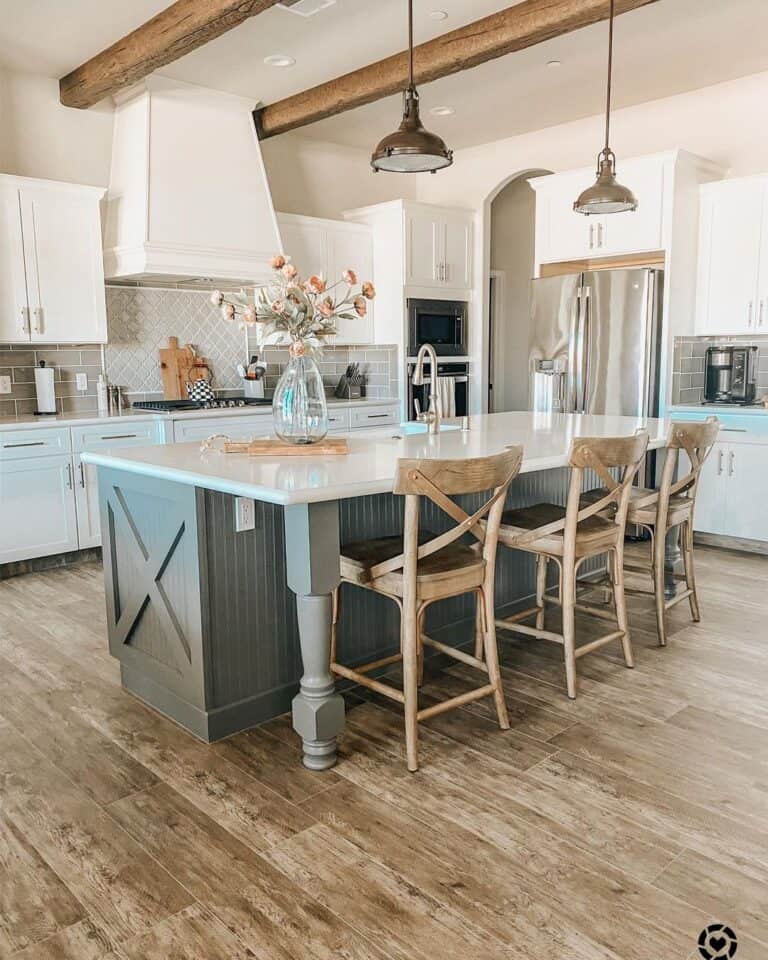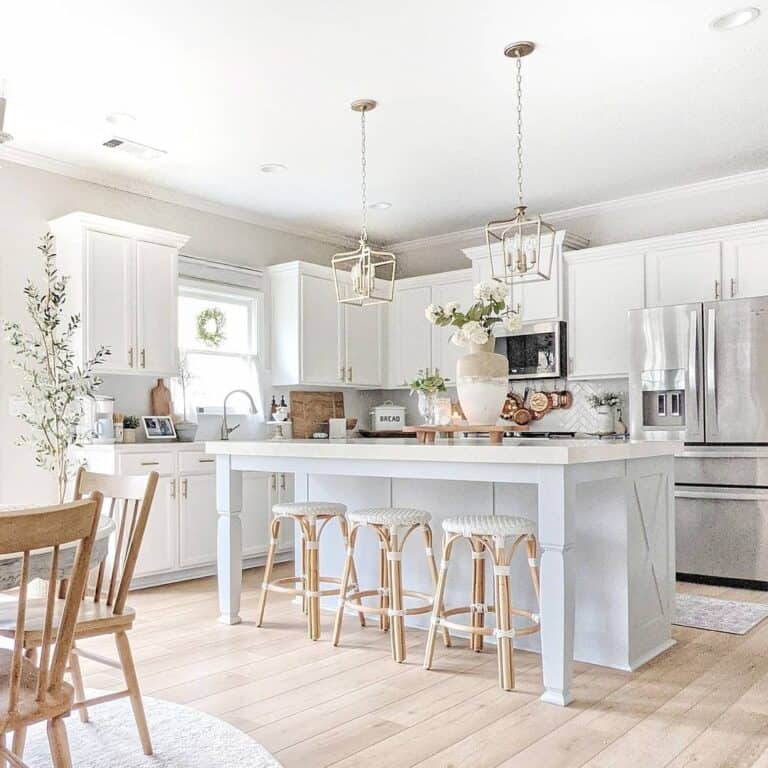Make Your Kitchen Island Attract Attention with Custom-made Legs For Kitchen Island
Make Your Kitchen Island Attract Attention with Custom-made Legs For Kitchen Island
Blog Article
Crucial Factors to Take Into Consideration When Choosing Legs For Cooking Area Island
Choosing the proper legs for a kitchen island involves a cautious assessment of several aspects that can significantly affect both functionality and aesthetic charm. As we discover these aspects, it becomes clear that each decision can have far-ranging ramifications for the total kitchen experience.
Material Options
When selecting legs for a kitchen island, recognizing the different material choices is crucial for achieving both visual allure and structural stability (Legs For Kitchen Island). The selection of product significantly affects not only the toughness of the island yet likewise its total design and performance
Steel legs, usually made from stainless steel or wrought iron, contribute a modern and commercial feeling while making sure toughness and stability. These products are immune to wear and can sustain significant weight, making them perfect for bigger islands.
An additional choice is engineered materials, like MDF or plywood, which can be much more economical while still supplying a variety of surfaces. Nonetheless, they might not offer the same degree of stability as strong timber or metal. Materials such as acrylic or glass can develop a modern appearance, though they might need added assistance to make sure stability.
Eventually, the choice of product for cooking area island legs should straighten with the desired functionality and the overall theme of the kitchen.
Design And Style

When considering style, the shape and finish of the legs are essential. Conical legs can offer a sense of agility and sophistication, while thicker, much more durable legs can communicate stamina and stability. Furthermore, the finish-- be it repainted, stained, or natural-- need to complement the cabinets and countertop materials to produce a unified look.
Moreover, the style of the legs can also mirror personal preference. Custom or attractive legs, such as those featuring elaborate carvings or distinct geometric forms, can act as centerpieces, including character and character to the kitchen area. Eventually, the appropriate selection will certainly not only enhance functionality however also raise the visual appeal, making the cooking area island a standout attribute of the home.
Elevation Considerations
Selecting the proper height for kitchen island legs is crucial, as it directly impacts both functionality and comfort. The basic height for a kitchen island typically varies from 36 to 42 inches, straightening with common kitchen counter elevations.

It is likewise vital to make up individuals' choices and heights. Tailoring the height can guarantee a comfortable experience for all relative, making the kitchen island an extra satisfying and useful area.
Weight Support
Guaranteeing ample weight support for kitchen area island legs is vital for both safety and security and functionality. The kitchen area island commonly offers multiple functions, including cooking, dining, and added storage, necessitating a robust support framework. When selecting legs, it is crucial to take into consideration the total weight capability called for based upon the island's planned use and the materials that will be put on it.
The selection of material for the legs plays a substantial role in their weight-bearing abilities. Strong wood, metal, and heavy-duty composites generally provide exceptional toughness contrasted to lighter materials. Additionally, the layout of the legs-- whether they are directly, tapered, or have a pedestal form-- can influence their capacity to distribute weight successfully throughout the framework.
Additionally, the leg placement should be strategically planned to enhance stability. Legs positioned at the corners or with a larger base can better support heavier tons. Always consult the producer's specs pertaining to lots restrictions to guarantee directory that the legs can maintain the intended weight without compromising safety and security. In recap, picking kitchen area island legs with adequate weight assistance is important for creating a functional and secure culinary area.
Setup and Upkeep
Correct setup Go Here and upkeep of kitchen island legs are important for ensuring long life and security. To start, it is necessary to comply with the manufacturer's guidelines during installation. This typically involves safeguarding the legs to the space station using appropriate bolts, making certain that the legs are degree and straightened. Making use of a level device can help avoid tottering and boost the total aesthetic charm of the kitchen island.
Once installed, routine maintenance is essential to preserve the stability and look of the legs - Legs For Kitchen Island. For wood legs, routine cleaning with a wet towel and application of ideal timber gloss can prevent dampness damage and maintain their coating. Metal legs may call for a mild cleaning solution to get rid of grease and grime, followed by a completely dry cloth to stop corrosion formation
Furthermore, evaluate the legs consistently for indications of wear or damage, such as fractures or loosened joints. Tightening screws or screws as needed can likewise extend the lifespan of the legs. By adhering to these setup and upkeep methods, house owners can make sure that their kitchen island remains strong and visually appealing for several years ahead.
Conclusion

Visual coherence is vital in picking the design and layout of legs for a kitchen island, as these aspects considerably influence the overall atmosphere of the area. Tapered legs can provide a feeling of lightness and elegance, while thicker, much more durable legs can convey strength and stability.Choosing the proper height for cooking area island legs is crucial, as it directly impacts both capability and comfort. In recap, selecting kitchen area island legs with appropriate weight support is vital for producing a useful and safe cooking space.
In final thought, picking legs for a kitchen island necessitates cautious consideration of numerous variables, including material choices, design, height, weight assistance, and installment.
Report this page